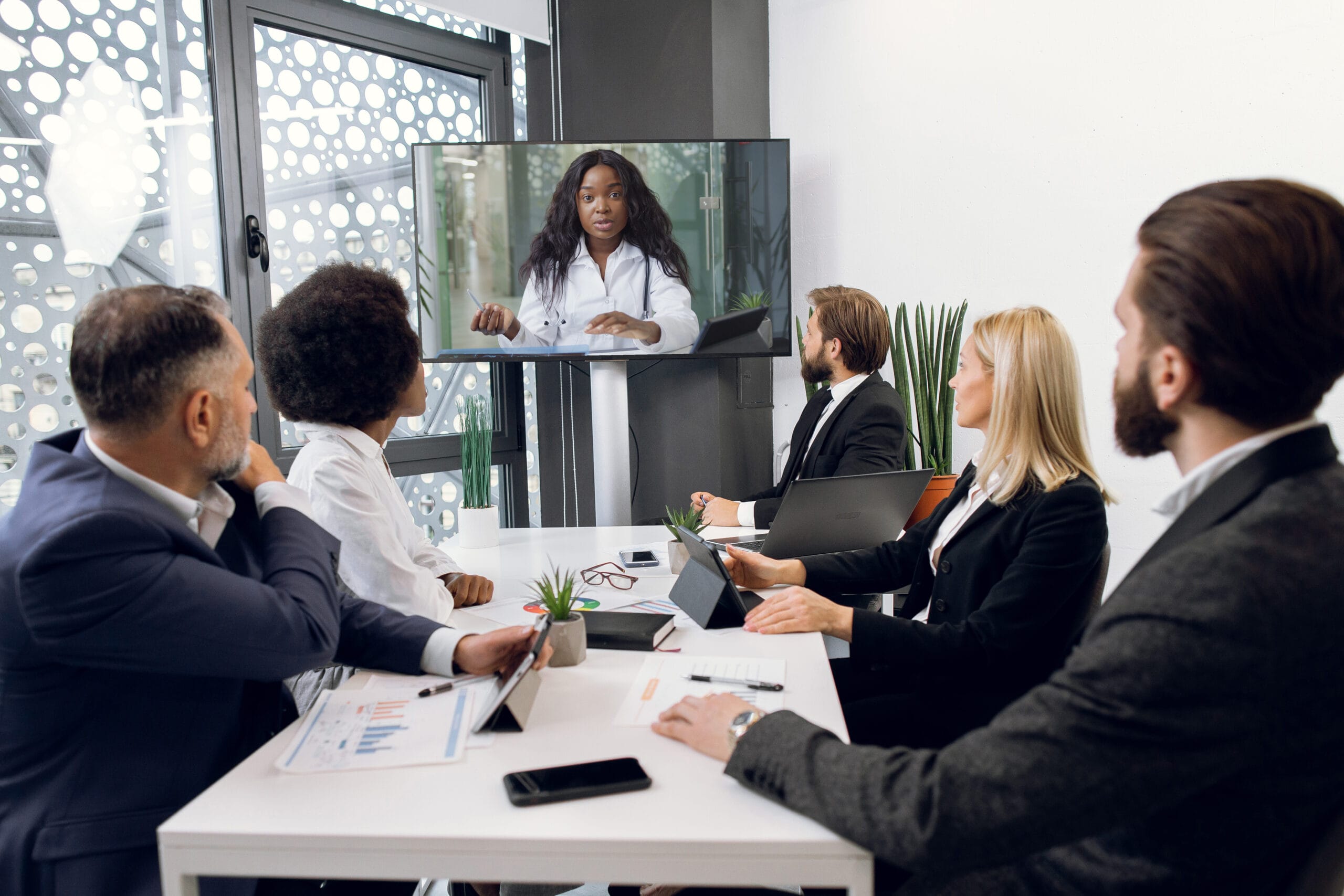Astound the Court: Crucial Components of a Powerful Test Presentation
In the world of legal campaigning for, the capability to captivate a jury is critical to the outcome of a test (trial presentation). Vital elements such as recognizing the audience, crafting an engaging story, and grasping verbal and non-verbal communication are vital elements of an effective discussion. Additionally, the tactical use aesthetic aids can substantially enhance understanding and retention of essential debates. As these aspects link, they form a natural strategy that not just informs however also involves jurors on several degrees. What certain strategies can genuinely change a common presentation right into a remarkable experience for the court?

Recognizing Your Target Market
Understanding your audience is a critical element of reliable trial presentation. A successful presentation rests on the ability to realize the demographics, worths, and tendencies of jurors. This understanding notifies just how debates are mounted, evidence is provided, and sob stories are crafted, guaranteeing that the message resonates with the jurors on a personal degree.
Research indicates that jurors come from diverse histories and might have varying degrees of comprehending concerning lawful procedures. In addition, comprehending the jurors' potential biases and life experiences allows the test presenter to prepare for objections and address concerns proactively.
Reliable trial discussion also entails observing jurors' reactions throughout the proceedings. Engaging with jurors as individuals rather than a collective device is necessary in fostering a strong link in the courtroom.

Crafting a Compelling Narrative
Crafting an engaging narrative is crucial in directing jurors through the intricacies of a case. A well-structured story not only streamlines elaborate lawful ideas yet likewise engages jurors on an emotional level, making the information a lot more relatable and memorable.
This message ought to resonate with the jurors' values and experiences, promoting a link that goes beyond plain truths. This sequential method can assist jurors comply with the development of occasions, highlighting cause and impact.
Including human components-- such as individual tales or stories-- can further improve the story's effect. These components stimulate empathy, allowing jurors to imagine the repercussions of the instance on realities. Additionally, utilizing a constant style throughout the discussion enhances the major argument, making it simpler for jurors to keep crucial points.
Ultimately, a compelling narrative transforms a trial discussion from a plain recitation of facts right into a convincing tale that mesmerizes the jury, motivating them to ponder with both factor and emotion.
Using Visual Aids
Integrating visual aids right into a trial presentation can significantly enhance jurors' understanding and retention of info. Aesthetic materials such as charts, representations, photographs, and video clips can transform complex lawful principles and proof into conveniently absorbable formats. By involving several senses, these aids enable jurors to imagine the case's crucial aspects, making it easier for them to adhere to along and comprehend elaborate details.
Furthermore, well-designed aesthetic help can highlight vital points and emphasize relationships between different items of evidence. Timelines can properly illustrate the series of events, while annotated images can make clear particular details appropriate to the situation. This not just aids in understanding yet also enhances the narrative offered by the attorney.
Excessively complicated or cluttered visuals may bewilder jurors and detract from the message. Ultimately, effective visual communication can be a powerful device in encouraging jurors and aiding them get to notified verdicts.
Understanding Verbal Interaction
Reliable spoken interaction is essential in a trial presentation, as it offers as the primary means with which lawyers communicate their debates and attach with jurors. Understanding this ability includes clearness, persuasion, and engagement. Attorneys should articulate their points plainly and concisely, preventing legal jargon that might puzzle jurors. Simplicity in language cultivates understanding and helps jurors grasp complex concerns presented during the test.
Furthermore, tone and pacing significantly impact just how messages are obtained. A positive tone conveys authority, while ideal pacing enables jurors to take in information without really feeling bewildered. Attorneys should additionally vary their singing inflections to highlight essential points and preserve jurors' interest throughout the presentation.
Additionally, the company of verbal debates is necessary. Structuring the narrative rationally and coherently helps jurors adhere to the attorney's logic, making it simpler for them to preserve vital why not try this out information. Making use of persuasive strategies, such as storytelling, can also enhance the psychological resonance of the arguments presented, consequently developing an extra extensive connection with jurors.
Inevitably, grasping spoken communication not just strengthens an attorney's instance however also cultivates trust and connection with the court, considerably boosting the chances of a positive verdict.

Engaging With Body Movement
Nonverbal communication plays a vital duty in trial discussions, typically sharing messages that words alone can not reveal. Body language, incorporating gestures, stance, faces, and eye call, substantially influences exactly how jurors view the trustworthiness and genuineness of the presenter. A certain stance, with shoulders back and an open stance, can instill trust fund, while closed-off body language might suggest defensiveness or unpredictability.

Faces ought to mirror the feelings related to the situation, reinforcing the story existing. An honest expression throughout an emotional moment can evoke compassion and enhance the emotional charm. Inevitably, understanding body language is important for reliable trial presentations, as it boosts verbal communication and develops an engaging presence that reverberates with the court.
Conclusion
To conclude, astounding the jury try these out requires a critical method that includes recognizing the audience, crafting an engaging story, utilizing visual aids, grasping spoken interaction, and engaging through body movement. Each component plays an important duty in developing a powerful trial presentation that resonates with jurors on both emotional and intellectual degrees (trial presentation). By incorporating these parts efficiently, attorneys can significantly boost their ability to convince and affect jury decision-making